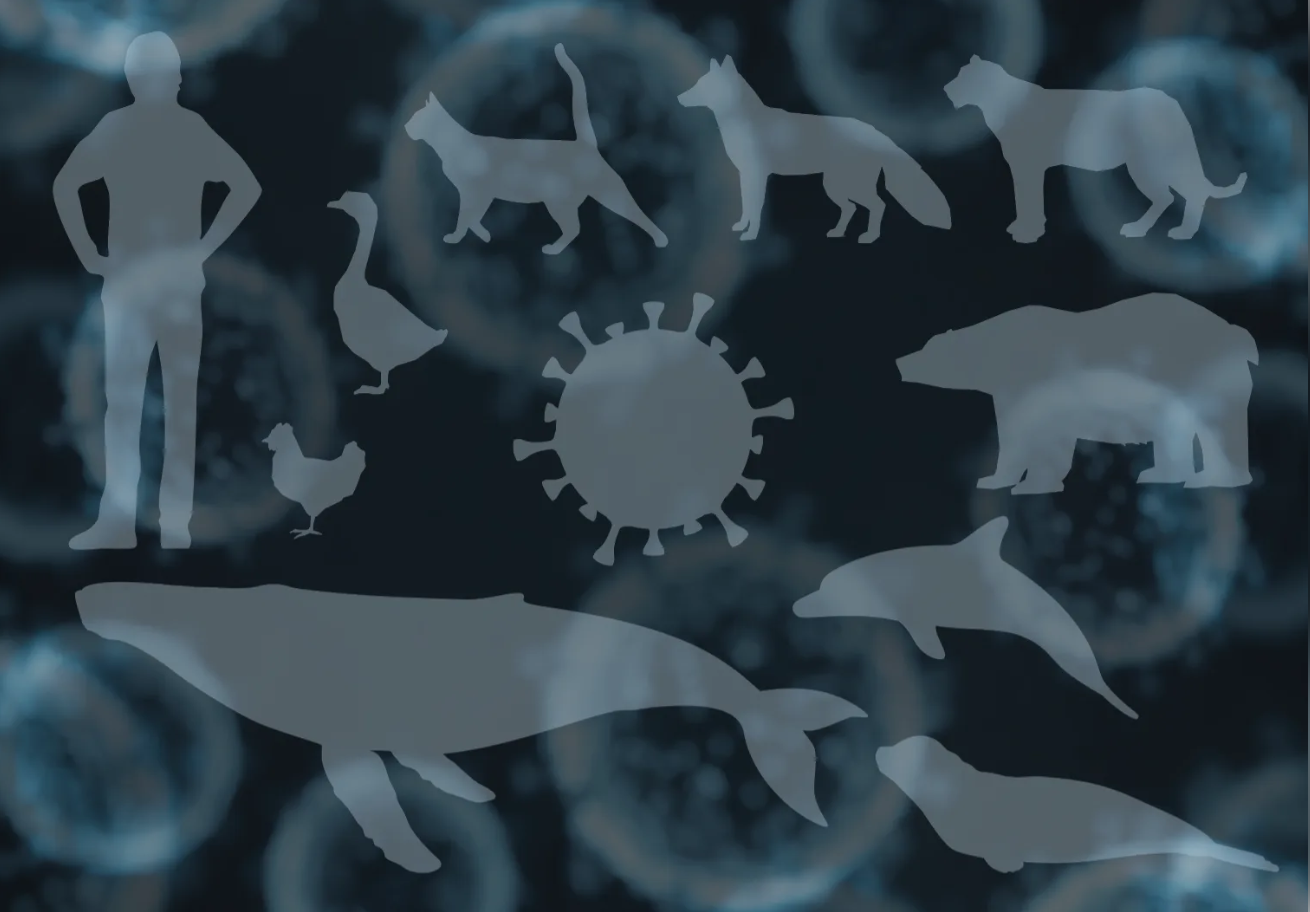Agriculture & Natural Resources
How can we assist with your Agriculture and Natural Resource needs?
Our goal is to assist and educate landscapers, growers, businesses, homeowners, and gardeners with information about plant identification, plant diseases, insect identification, pest control, and soil and water testing. We offer educational programs, site visits, and testing services through our UGA staff and certified volunteers. Please let us know how we can assist you. To find out more about our programs, visit pages listed to the left.
 Fall webworms build unsightly webs that fill tree tops in the fall of the year. To control them, cut down the webs and destroy them.
Fall webworms build unsightly webs that fill tree tops in the fall of the year. To control them, cut down the webs and destroy them.
Control fall webworms and rid trees of webs
By William G. Tyson for CAES News
Are you noticing webs in some of the trees throughout your landscape? I always get multiple calls during the late summer and early fall about webs in trees and worms crawling on everything. The fall webworm is the pest weaving these problems.
Two types of caterpillars make webs in trees – Eastern tent caterpillars and fall webworms. The Eastern tent caterpillar is more of a problem in the spring, and the fall webworm is more of an issue in the late summer/early fall.
Native to North America, fall webworms can produce from one to four generations per year. Webworms enclose small branches and leaves in their light gray colored webs. It’s not considered a major economic pest in forestry, but it can heavily defoliate shade trees and ornamentals. Its webs are unsightly, and constant infestations of individual trees will cause limb and branch diebacks.
The fall webworm feeds on more than 100 species of trees and ornamentals. Pecan, oak and fruit trees are their preferred hosts in our area.
Adult moths appear from May through August and deposit their eggs in hair-covered masses on the underside of leaves. The larvae are a pale yellowish-green with a dusky strip down the back and a yellow stripe down each side.
As the worms mature, they become covered with long gray hairs. Their head color varies from red to black. The newly hatched larvae spin a web over the foliage on which they feed for protection against predators. On heavily infested trees, webs may be found on several branches. The webs they build in trees stay around long after the worms leave.
Webs in trees stick out like a sore thumb, but damage to most trees is usually insignificant.
The best control method is to cut the web out of the tree, with the worms in it, and destroy it. Several chemicals will control webworms but may not be practical due to problems related to applications in larger trees. If you do spray to control the caterpillars, it is best to get good coverage, spraying the insecticide inside the webs to kill the pests.
The following link provides more information on fall webworm management:
https://secure.caes.uga.edu/extension/publications/files/pdf/C%201197_1.PDF

